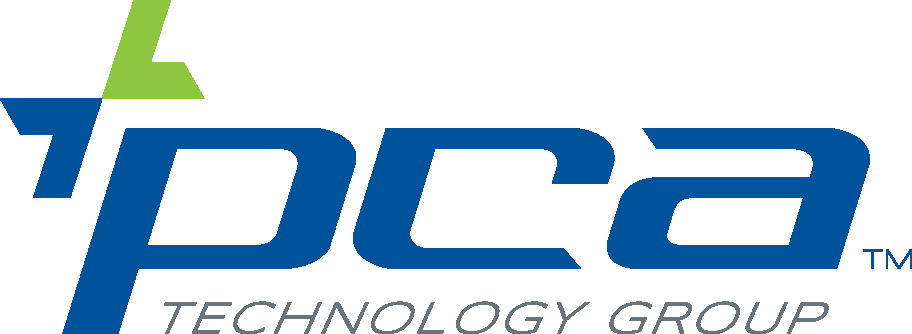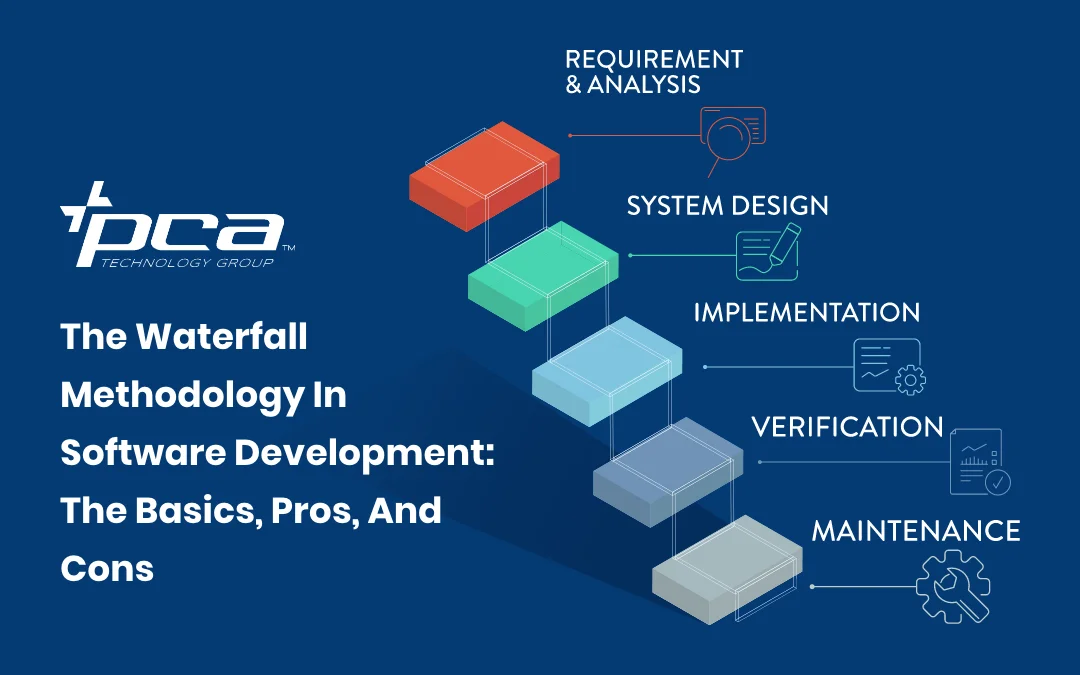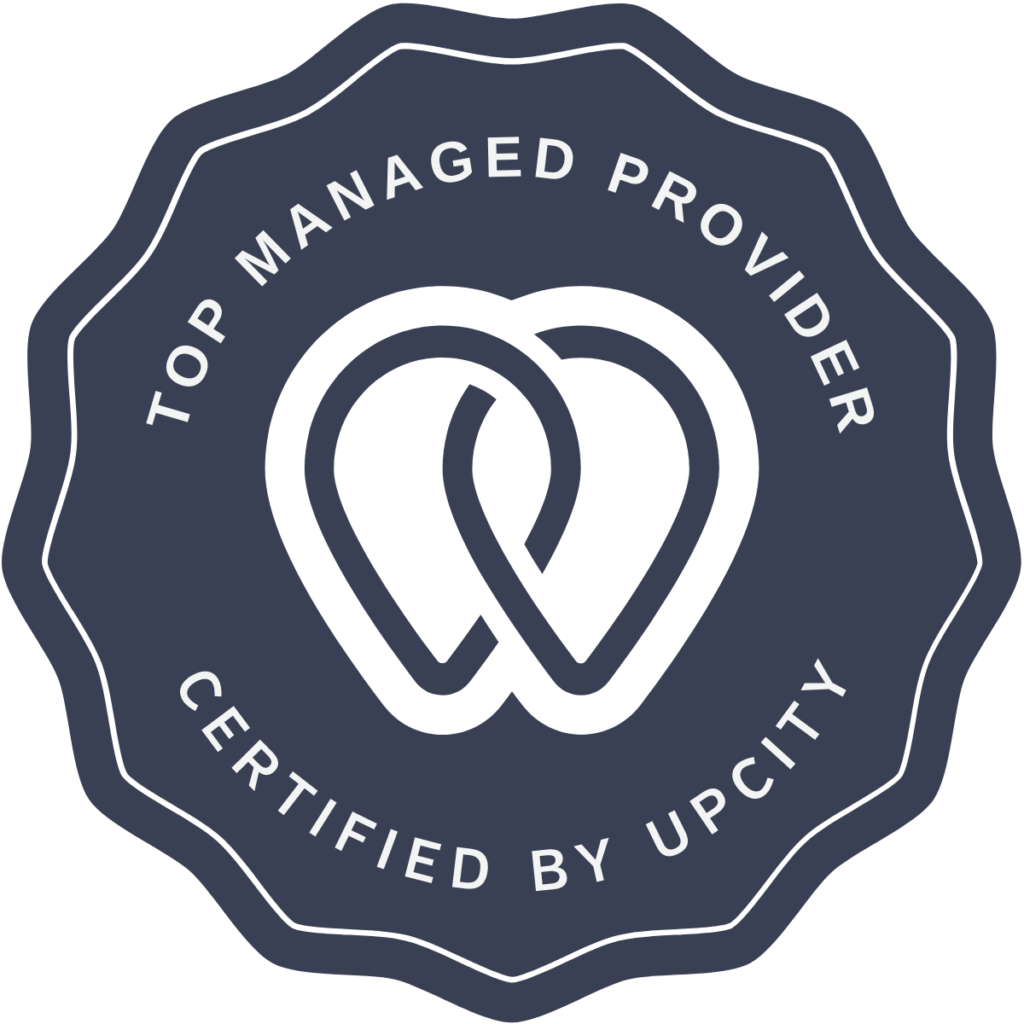There are several common software development project management methodologies, such as Six Sigma, Agile, and Scrum. And then there’s the waterfall methodology, which though decades older than many of the methodologies used today is still widely used in software engineering.
This article will cover the basics of the waterfall methodology as well as provide a list of pros and cons so you can determine if it’s worth trying for your next software development project.
What is the waterfall methodology?
Under this approach, software development occurs in multiple large stages, which must be completed in order to move on to the next stage. The term “waterfall” refers to the steady, even, downward progress of the project much like water flowing down a waterfall. The key stages are well defined beforehand so that they can be completed in a specific linear order.
The waterfall methodology is best suited for projects that have long timelines, as the slow and steady pace is not suited for short deadlines and situations that demand agility. It requires rigid structures and clear goals, but if done correctly, this methodology can handle large projects with a high number of stakeholders without coming off the rails.
The stages of the waterfall methodology
When applied to software development, the waterfall methodology consists of six general phases:
- Requirements gathering – In the initial phase, your team works with the client, an outsourced software development partner, and/or other stakeholders to gather the requirements for the software. Clearly and comprehensively documenting what the software needs to do when complete is key.
- System design – This phase creates detailed specifications for the hardware, software, data flows, and user interfaces to guide the development process.
- Implementation (coding) – Since you have already specified the design in detail, this stage is purely for coding, turning your plan into a functional product.
- Integration and testing – After the code is written, your team assembles and tests the product rigorously to ensure it works as planned.
- Deployment – Once testing is complete and the software is approved, it’s time to deploy it to the environment where you or the client will make use of it.
- Maintenance – All software requires ongoing maintenance to fix bugs, address vulnerabilities, or add new features, but depending on whether this product is for you or a third party, you may not be involved in this stage.
The pros and cons of the waterfall methodology in software development
The waterfall approach has been proven effective over the decades since its inception, but it does have its share of drawbacks.
Pros
- Clear structure and documentation – Because each phase must be completed before moving on to the next, the waterfall approach makes it easier to track progress and understand what needs to be done at each stage of the project.
- Well suited for projects with fixed requirements – Since all requirements are gathered and agreed upon at the beginning, there is little need for you to make adjustments as the project progresses.
- Easy to manage – Because of its linear and sequential structure, the waterfall model is relatively easy to manage and simplifies resource and staff allocation.
Cons
- Inflexibility – The model requires each phase to be completed before moving on to the next, so it’s difficult to make changes once development has started.
- Long development cycles– Each phase must be completed before the next begins, meaning that delays in one phase can push back your entire project.
- Limited user involvement – Since user feedback is typically not gathered until after deployment, there is a risk that the final product may not fully meet user expectations or needs.
Professional assistance with software development using the waterfall methodology
If you’re struggling to develop a software product or need a custom product created for you, PCA Technology Group will be the IT partner you need. With over 35 years of experience in the IT industry, we’re equipped to utilize a variety of methodologies to craft a custom software product or support your team to help finalize that key project. Contact PCA today so we can make a plan for your success.


